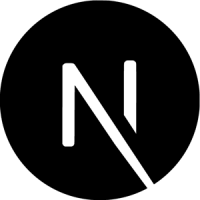
Types of Components in React JS
08-Jan-2024Types of Components in React JS
In React, components are the building blocks that make up the user interface of an application. They can be categorized into three main types based on their functionality and how they interact with data:
Functional Components:
Definition: Functional components are the simplest form of components in React. They are defined as JavaScript functions and are also referred to as stateless components.
Use Cases:
- Ideal for simple UI elements.
- Don't have their own state.
- Can't use lifecycle methods until the introduction of React Hooks
Example:
import React from 'react'; const FunctionalComponent = () => { return <p>This is a functional component.</p>; }; export default FunctionalComponent;
Class Components:
- Definition: Class components are ES6 classes that extend from React.Component. They have their own state, and they can use lifecycle methods.Use Cases:
- Suitable for complex UI elements.
- Have their own state and lifecycle methods.
- Used in older React applications or where hooks are not used.
Example:
import React, { Component } from 'react'; class ClassComponent extends Component { constructor(props) { super(props); this.state = { message: 'This is a class component.', }; } render() { return <p>{this.state.message}</p>; } } export default ClassComponent;
React Hooks (Functional with Hooks):
Definition: Introduced in React 16.8, hooks are functions that let functional components use state and other React features. This allows functional components to manage state and lifecycle features without using class components.
Use Cases:
Suitable for functional components that need state and lifecycle methods.
Encourages code reusability and composability.
Example:
Choosing the right type of component depends on the specific requirements of your application. Functional components with hooks have become the preferred choice for many developers due to their simplicity, reusability, and the ability to manage state and lifecycle methods without the need for class components.import React, { useState, useEffect } from 'react'; const HooksComponent = () => { const [message, setMessage] = useState('This is a component with hooks.'); useEffect(() => { // Lifecycle method logic can be placed here return () => { // Cleanup logic can be placed here }; }, []); return <p>{message}</p>; }; export default HooksComponent;


